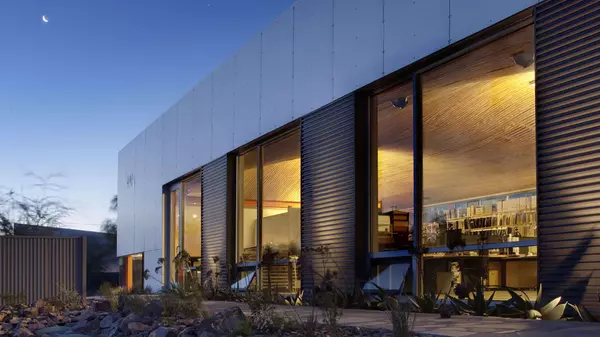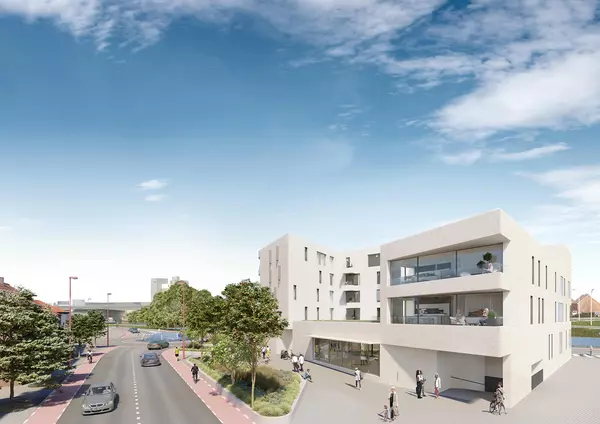UCSD gets regents’ OK for ambitious growth plans that could make it one of West Coast’s biggest schools
UC San Diego has gotten permission to expand enrollment to 56,000 — twice the size originally envisioned for the campus, and one that could eventually make it among the very largest universities on the West Coast.
The University of California Board of Regents cleared the way for such growth this month by approving revisions to UCSD’s 2018 long-term development plan, which earlier called for enrollment to top out at 42,400 by 2035. The school reached that level in 2023 and grew to 44,256 last year.
Enrollment could jump further when the fall quarter begins in September. UCSD sent admission offers to a record 51,201 applicants.
UCSD is one of several UC campuses that have been experiencing extraordinary growth, with systemwide enrollment rising to nearly 300,000.
Over the years, some of UCSD’s neighbors in La Jolla have complained about its expansion, especially with recent additions of high-rise residential towers.
But the university’s proposal to boost enrollment to 56,000 by 2040 did not result in large-scale sustained pushback when officials discussed it during public meetings.
Rich Leib, a San Diego businessman who sits on the Board of Regents, is among those who strongly supports UCSD’s desire to push enrollment higher.
“We are trying to provide more access to the 40 million people who live in California,” Leib told The San Diego Union-Tribune. “I think it is reasonable to expand UCSD. I think they can accommodate the growth over time.”
Leib also has urged UCSD to explore the possibility of opening a satellite campus in South County, which does not have a major, full-service university of its own.
UCSD’s revised development plan barely resembles the vision for the campus back when the university was founded in 1960. Planners wanted enrollment to rise no higher than 27,500 — a figure it reached in 2008.
Four years later, Pradeep Khosla became chancellor and kicked off an expansion campaign that has so far added about 16,000 students since he arrived on campus.
He also has pushed the school’s campus-based housing capacity to 22,000, the second highest in the nation behind UCLA. That will rise to 24,440 in September when new towers open.
Last year, Regents gave Khosla permission to create a housing village for 6,000 students, which would be one of the largest campus housing projects in US history.
UCSD’s current enrollment of 44,256 trails such large West Coast schools as the University of Washington in Seattle, which has 51,000 students, as well as UCLA with 47,335, USC with 47,000 and UC Berkeley with 45,882.
But La Jolla might be able to rise up that list with the help of shifting public opinion and a shortage of land in other college towns.
Berkeley added 8,300 students over the past decade, while UCLA jumped by 5,500. Those are big numbers for old, elite universities nearing their physical capacity. But relatively young UCSD, which still has developable land, outdid both by adding 15,600.
Regents told UC officials to steer many first-year applicants to La Jolla to reduce pressure on Berkeley and UCLA, both global brands. And some other UC campuses, notably Santa Barbara and Santa Cruz, have expressed less interest in growing.
Khosla welcomed the attention. He has repeatedly gotten regents’ approval for big research, classroom and housing development projects — among them a $527 million, 2,400-bed village that will house students come September. He’s also been praised by regents for persuading state lawmakers to help fund some buildings.
By contrast, UCLA’s campus in the Westwood neighborhood of Los Angeles has only 419 acres, much of it developed, and all new proposals face intense scrutiny from its neighbors. The same is true in Berkeley, where some residents have vociferously opposed efforts to expand campus housing.
UCSD still has land. And Khosla has said that if the money is there, he’ll build far into the future.
Categories
Recent Posts











